Moonglow Pear Tree
$129.50 Original price was: $129.50.$90.65Current price is: $90.65.
- Free Shipping over $25
- Fast & reliable delivery options
- Enjoy top quality items for less
- Multiple safe payment methods

Sweet, juicy, soft but not mushy, almost completely free of grit, and with a delicious flavor. Sounds like the perfect pear. It does, and it also describes perfectly the fruit of the Moonglow Pear Tree. This delicious pear is ripe in early August, so perfect for summer eating and baking. Its big, luscious fruits have a beautiful large red blush on their yellow mottled skin. Best of all, this variety is very resistant to the deadly fire blight disease that kills so many pears. A vigorous tree, within a few years you will be harvesting bushels of delicious fruit and enjoying the pleasure, flavors and value of growing your own fruit. Looking pretty in spring, with its charming white flowers with a pink flush, it is nice enough to grow in your ornamental garden, or plant in your expanding orchard of fruit trees. Pears can also be grown as espalier, spread out on a sunny wall, which is ideal for small gardens. For the small amount of work involved, pear trees like this are of great value, giving you fruit where you know exactly what has been done to it, and can keep your family safe as well as healthy.
Growing the Moonglow Pear Tree
Size and Appearance
The Moonglow Pear Tree Is a sturdy, vigorous small deciduous tree growing up to 15 feet tall and wide, although pruning techniques and growing as espalier can modify that considerably. The leaves are 2 to 3 inches long, with a healthy green luster, and the gray-brown bark is smooth on young stems and more rugged on the main trunk, giving a tree of character that fits into any garden space. In March or April your tree will bloom, with attractive small white flowers, flushed with pink, in clusters along the bare branches. These develop into the pears, and a second, different variety of pear is needed nearby for good fruit development. Almost any other pear will work, such the Ayers or Orient varieties, or the popular Bartlett pear. By mixing varieties together within no more than 50 feet of each other, pollinating insects will deliver a bumper crop on every one of them.
The fruit of the Moonglow Pear Tree is large and round, with the classic ‘pear’ shape and a short neck. The skin is mottled green turning yellow as it approaches ripening, and also developing a large, bright red blush on one side. It is best to pick pears just before they are fully ripe, as ripe pears can drop and be damaged. They will ripen indoors in a few days even better than they would on the tree. The flesh is white, almost free of those rough grit cells found in cooking pears, and it is buttery, lush, sweet and aromatic – the way a good eating pear should be. This variety also slices well for salads, and can be used for everything from poaching to pies and chutneys.
Using the Moonglow Pear Tree in Your Garden
You don’t need an orchard to grow this tree, because it is beautiful enough at all stages to stand proudly in your flower garden. Grow it on the lawn, or build a pear collection along a fence or wall. In smaller gardens it can be grown spread out on a sunny wall or fence, trained as an espalier. This gives good ripening even in zones 5 and 6, and takes up almost no room.
Hardiness
The Moonglow Pear Tree needs around 500 chilling hours each winter, with temperatures below 45 degrees. So it will not grow well in warmer parts of zone 8, or in zone 9. We recommend the Ayers Pear Tree for warm areas, while this tree does best in cooler zones, down to zone 5.
Sun Exposure and Soil Conditions
Like all pear trees, your Moonglow Pear Tree should be grown in full sun, or it will not bloom well or ripen its fruit successfully. The soil should be well-drained, and richer, deep soils are preferred, so dig the area well and mix in plenty of rich organic materials like compost or rotted manures. Don’t plant in wet places.
Maintenance and Pruning
The Moonglow Pear Tree has excellent resistance to fire blight, the main danger to any pear tree. Other pests or diseases are less important, and easily controlled. Pruning should be done during dry weather in summer, not in winter or spring, to give additional protection from fire blight. Besides keeping your tree from becoming crowded with branches, prune stronger side shoots – those longer than 12 inches – back to 6 inches in length to encourage flower buds. Shorter shoots don’t need pruning. Once the developing fruits reach the size of a quarter they should be thinned to one or two at each cluster, to develop full-sized fruit and keep your tree bearing every year.
History and Origin of the Moonglow Pear Tree
The pear tree, Pyrus communis, was being grown before the ancient Greeks and Romans, and most varieties were developed in Europe. The spread of deadly forms of fire blight in the middle of the 20th century led to research to find resistant varieties, and the US Department of Agriculture did considerable work with pears. Their breeders crossed together the varieties ‘Bartlett’ and ‘Comice’, both known for flavor, to produce experimental seedlings. Then one of those, designated ‘Michigan 437’, was crossed with an old German pear called ‘Roi Charles de Wurtemburg’. Among the resulting seedlings was one that proved very resistant to fire blight, and had excellent large, flavorful pears. They named it ‘Moonglow’ and released it in 1960.
Buying the Moonglow Pear Tree at the Tree Center
It’s important to grow disease resistant trees, but they must produce top-quality fruit as well. Satisfy those goals by growing the fabulous Moonglow Pear Tree. Don’t forget to add a pollinator if you don’t already have one in your garden, but order your trees right away, because our fruit trees sell like crazy, and they will soon be gone.
Be the first to review “Moonglow Pear Tree” Cancel reply
Related products
Citrus Trees
Cherry Trees
Fruit Trees
Berry Bushes
Cherry Trees
Fruit Trees
Berry Bushes
Berry Bushes

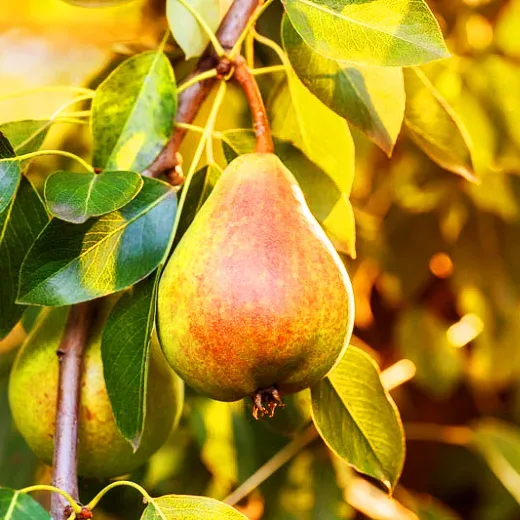
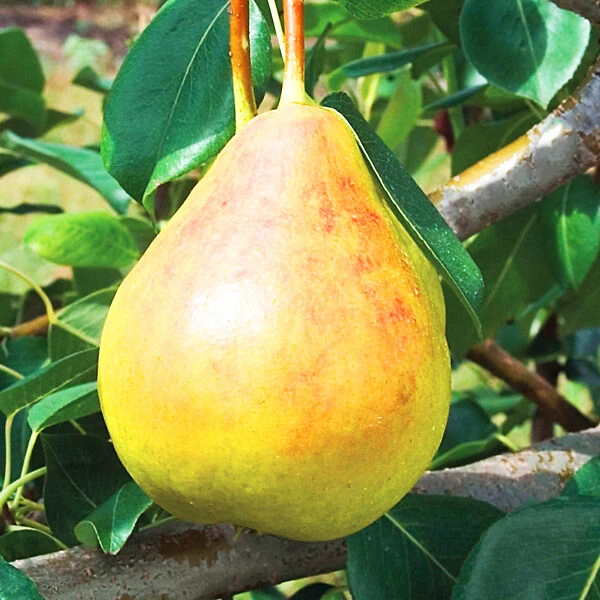
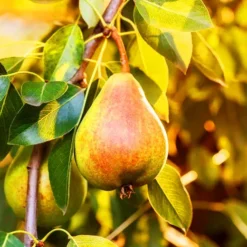

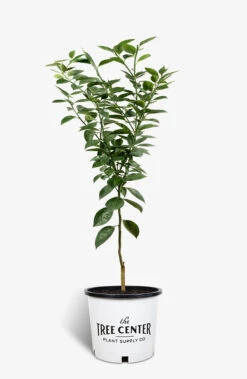

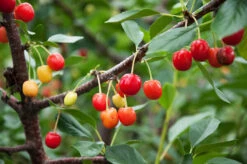





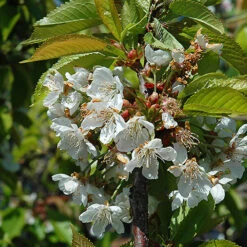
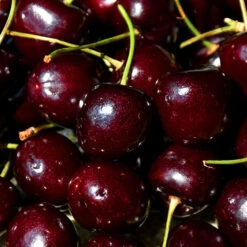
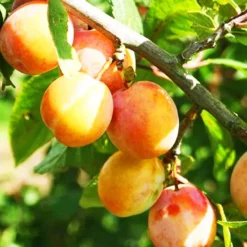


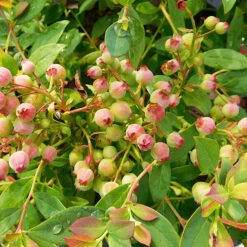
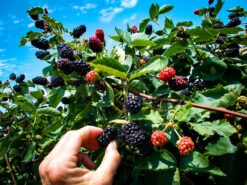
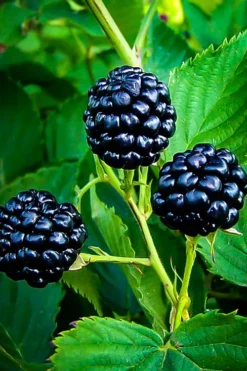
Reviews
There are no reviews yet.